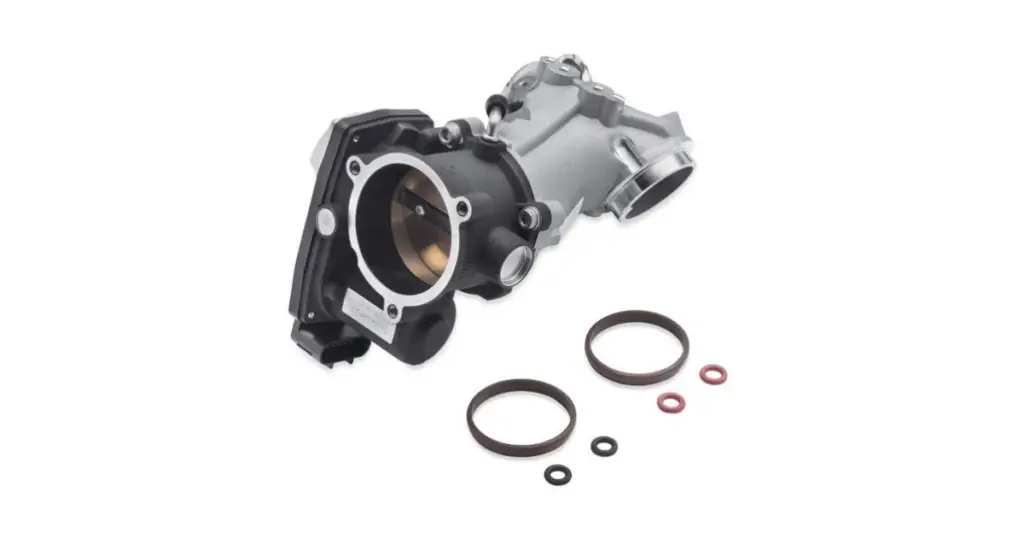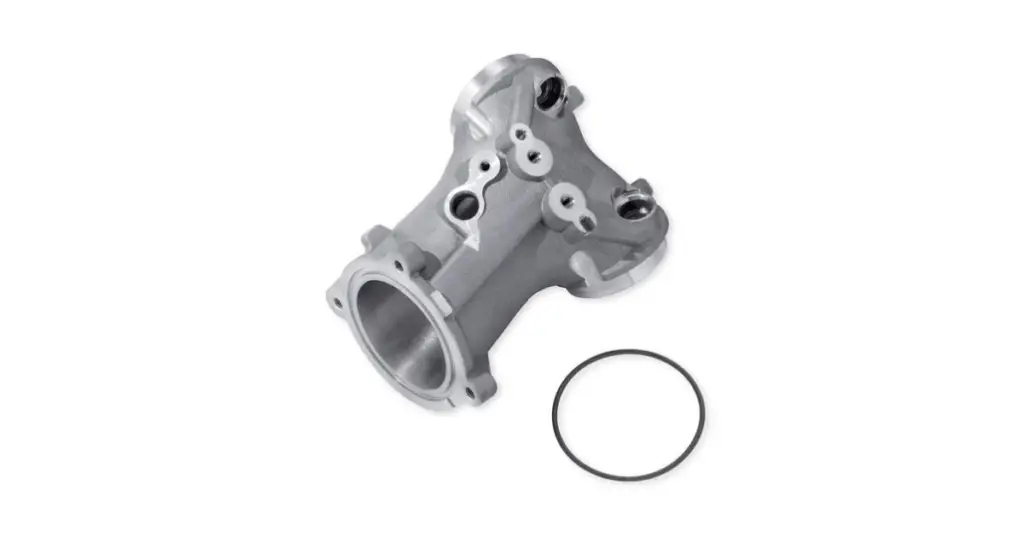Navigating the maze of engine performance issues can be a daunting task, but keeping an eye out for Harley intake problems can save riders from a difficult journey down the road. Precision is paramount in maintaining an optimal air/fuel ratio, as any imbalance can throttle the life out of your engine. Most commonly, these issues stem from a problem with the intake manifold itself, which necessitates the ability to perform your own diagnostics when necessary.
It’s these subtle signs that often indicate oncoming performance degradation. Whether it’s the erratic dance of the tachometer or the engine’s reluctance to settle down after a spirited ride, these could be your first clues to an ongoing battle with intake manifold leaks. It isn’t just about gasket wear or cracks; sometimes it’s about overlooking maintenance, or the gradual degradation of vacuum hoses around the engine. Being aware of these symptoms can ensure the longevity of your bike, and also keep your peace of mind intact.
Comprehensive understanding and timely intervention may just be what stands between a good time and a bad time. So where do we start, and what do you need to know?
Easy navigation:
– Most Annoying Street Glide Problems: Rounded Up (’06-19)
– Dreaded Road King Problems: Exhaustive Roundup (Years 2000-2017)
– Nasty Ultra Classic Problems To Avoid (Glossary)
– The Most Aggravating Harley Davidson Ultra Limited Problems
– Heritage Softail Problems: A Tumultuous Trip Through Time
Key Takeaways
- Anomalies in idle speed can signal potential intake manifold problems.
- Proper carburetor support is crucial in preventing intake leaks.
- Regular inspection for vacuum hose deterioration can avert airflow issues.
- A precise air/fuel mixture is critical for optimal engine performance.
- Early detection of leaks can save costly engine repairs down the line.
- Consistent maintenance is key to sustaining engine integrity.
What To Know About Harley Intake Manifold Leaks

An intake manifold leak is a common affliction faced by many motorcycle enthusiasts, especially those in the Harley community. This type of problem, often sudden and unexpected, can seriously affect your bike’s performance in spite of the modern fuel injection systems used today.
The integrity of the rubber intake boot is crucial to allow for the seamless flow of air and fuel into the engine. Vulnerable to UV degradation and the exposure to prolonged heat in its operating environment, the boot may crack or weaken, leading to performance issues. This is why understanding the signals of a possible intake leak and executing timely interventions are important.
As riders, our role extends beyond the seat and handlebars; it is up to us to listen and act when our bikes whisper their troubles through symptoms such as higher idle or inconsistent revs.
Particularly in older models, a vacuum-operated petcock is particularly vulnerable as it relies on the vacuum hoses that are prone to cracking. Over time, these components, originally designed to perform under the engine’s strenuous demands, succumb to the relentless cycle of wear and tear. Pinpointing and addressing these issues could mean the difference between a reliable ride and a roadside breakdown.
- Examine the rubber intake boot for signs of degeneration; replace as necessary.
- Watch for misalignment issues in V-twin engines often post service or repair.
- Ensure that motorcycle components like the EFI are programmed to handle updates in other systems.
- Regularly replace aging vacuum lines, especially those connected to emissions components.
- Be vigilant of the manifold’s stability, especially in Evolution and Twin Cam engines.
What Are The Primary Harley Intake Manifold Leak Symptoms?
- Engine Misfires
- Decreased Fuel Efficiency
- Rough Idling
- Unusual Engine Noises
- Check Engine Light
- Reduced Power
- Overheating Engine
- Coolant Leaks
- Vacuum Leaks
- Poor Emissions Performance
Harleys are known for their robust character and the rumbling melodies of their engines. But when that melody goes off-tune, indicated by symptoms like a high idle and erratic engine behavior, it may be time to check it out — or more specifically, the intake manifold. Rough engine running, difficulty during hard starting conditions, and overall unpredictable engine performance often trace back to a sneaky intake manifold leak. Such irregularities can put even the most experienced riders in a pinch, as they mimic both overly rich and lean conditions, adding layers of complexity to the troubleshooting process.
When installing modifications or working around the intake manifold or carburetor, the introduction of an air leak can be a common issue. With precision, one can uncover these issues using penetrating oil as a reactive agent. A simple test can be performed by spraying areas such as the vacuum lines, the base of the carburetor, or the manifold gasket surface can reveal unwanted airflow by a noticeable change in idle speed.
Keen observation and preemptive actions are absolutely important in the case of an intake leak. Left unchecked, these issues can cascade into a cacophony of other issues. Regular inspection and maintenance are ultimately important practices, serving as the guardian angels of your Harley’s longevity. A timely response to the onset of manifold leaks not only upholds the engine’s ability but is also invaluable in protecting your bike over the long run.
What Can You Do About Intake Manifold Leaks on Harley Davidsons

Dealing with a manifold leak can be broken down into a few separate processes:
Identify the Leak:
To begin addressing an intake manifold leak, the first step is to accurately identify the presence of a leak. This involves a combination of auditory, visual, and performance checks:
- Listen for hissing or whistling noises during idle or acceleration.
- Check for rough idling or engine misfires.
- Look for visible signs of leakage around the manifold.
Initial Steps:
Before proceeding with any repairs, there are some preliminary actions to ensure safety and effective diagnosis:
- Ensure the engine is cool before any inspection or repair.
- Clean the area around the intake manifold to accurately assess the issue.
Simple Fixes:
Some intake manifold issues can be resolved with basic fixes that can be performed by most motorcycle owners:
- Tighten Manifold Bolts: Sometimes, loose bolts can cause leaks. Tighten them to the manufacturer’s specifications.
- Check and Replace Gaskets: Worn out gaskets are common culprits. Replace them if they’re damaged.
Advanced Repairs:
For more severe issues, the following steps may be required, which might necessitate professional assistance:
- Inspect for Cracks: Look for any cracks in the manifold itself. A cracked manifold usually requires replacement.
- Sealant Application: For minor leaks, high-temperature sealants can provide a temporary fix.
Professional Help:
When DIY solutions are not sufficient or if the problem is complex, seeking professional help is advised:
- When in doubt, consult a professional mechanic, especially for complex issues.
- Regular maintenance checks can prevent future manifold problems.
Post-Repair:
After conducting any repairs, it’s important to ensure that the issue has been effectively resolved:
- After any repair, test ride the bike to ensure the issue is resolved.
- Monitor for any recurrence of symptoms.